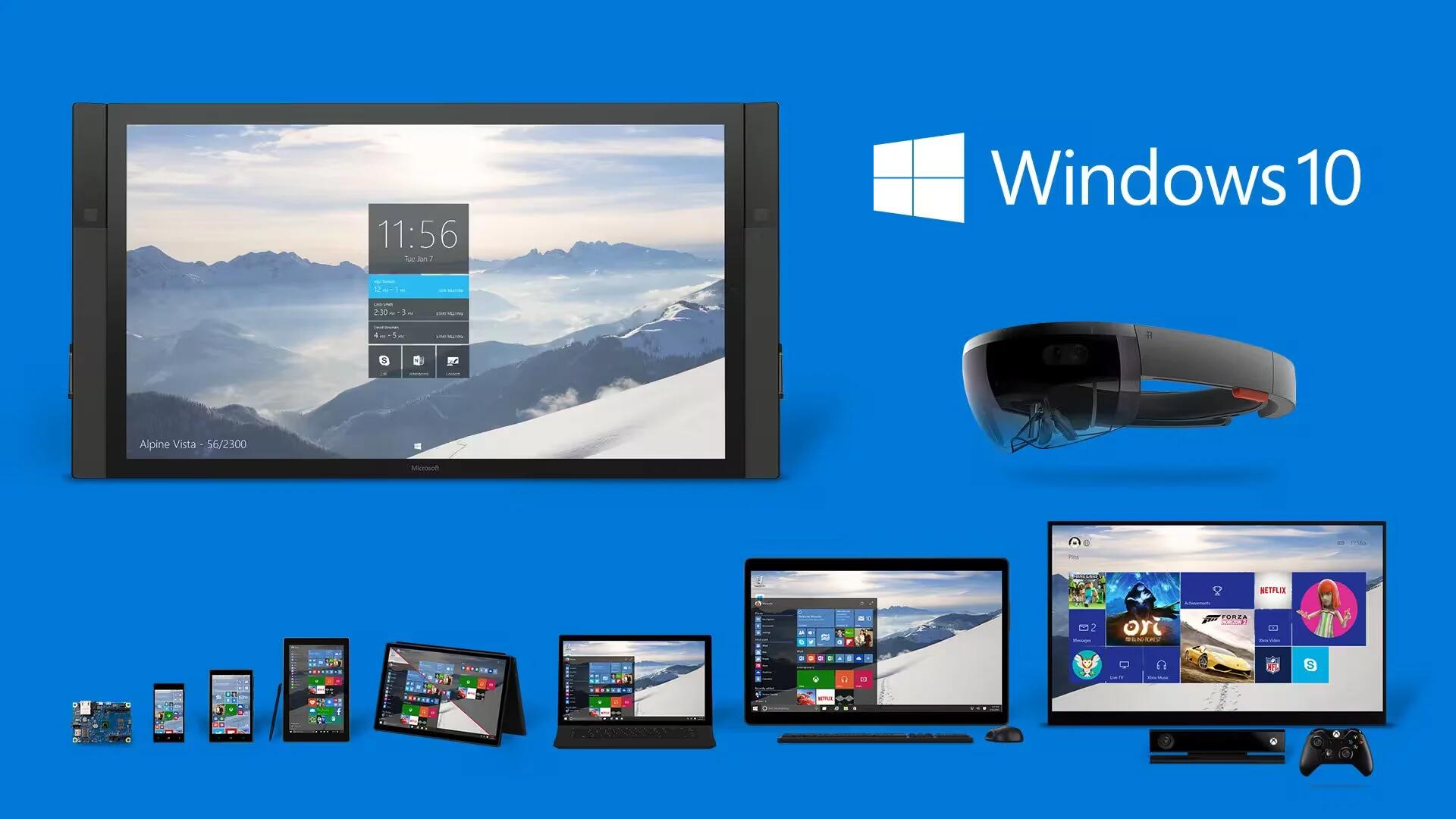Microsoft has announced the planned list of Windows 10 editions that are tailored for various device families and customers.
Microsoft has been doing lot of changes when it comes to the future of Windows 10 and are addressing many issues that plagued Windows 8. Now, the Redmond based company has announced Windows 10 will launch in six different versions, and even though most of the operating system elements will be shared, each one will have its fair share of differences. Microsoft has not only simplified Windows 10 editions, but now they are easier for users to choose.
Windows 10 Home
This is the consumer desktop version that includes the core Windows 10 features, such as the Edge browser, Continuum tablet-mode for touch-capable devices; Cortana integration; free Photos, Maps, Mail, Calendar; Music and Video apps; and Windows Hello face-recognition/iris/fingerprint login for devices that support those technologies.
Windows 10 Pro
This version is for small businesses, professionals, tech enthusiasts and other power users. This version also allows customers take advantage of the new Windows Update for Business. Windows Update for Business will allow admins to choose not to receive all feature and security updates from Microsoft immediately after they are available, thus providing controls over update deployment.
Windows 10 Enterprise
This is the Enterprise version of Windows 10 that is available to volume-licensing customers and allows them to take advantage of the new Windows Update for Business. This version is not part of Microsoft’s first-year-free upgrade offer, but those with volume-licensing Software Assurance customers will be able to move to this version as part of their licensing terms. The Enterprise version customers get access to the Long Term Servicing Branch of Windows 10, which allows them to opt to receive security fixes only and no new features as Microsoft rolls them out.
Windows 10 Education
This is the version for students and teachers, and will be available through academic Volume Licensing. Microsoft officials say there will be paths for schools and students to upgrade from Windows 10 Home and Pro, but do not yet provide details on that front.
Windows 10 Mobile
This is the successor of Windows RT, but unlike its predecessor it also supports x86 hardware. This is the version of Windows 10 that will come with Windows Phones and small Intel and ARM-based tablets. This version will include the core Windows 10 features, free Universal Office apps once they are available, and support for Continuum for Phone, allowing customers to use phones as PCs connected to larger screens (but only on new devices supporting certain screen resolutions).
Windows 10 Mobile Enterprise
This is same as Windows 10 Mobile edition, but for enterprises and volume licensing customers. In other words, you will only see this edition if you are working in a large organization and your company provides you a phone with this version of Windows 10 installed. This version also allows customers take advantage of the new Windows Update for Business.
Note:
There will also be versions of Windows 10 Enterprise and Windows 10 Mobile Enterprise for industry devices like ATMs, retail point of sale, handheld terminals and industrial robotics and Windows 10 IoT Core for small footprint, low cost devices like gateways.
Windows 10 Home, Windows 10 Mobile and Windows 10 Pro will be available as a free upgrade for Windows 7, Windows 8.1 and Windows Phone 8.1 devices during the first year after launch.
Source: Microsoft
